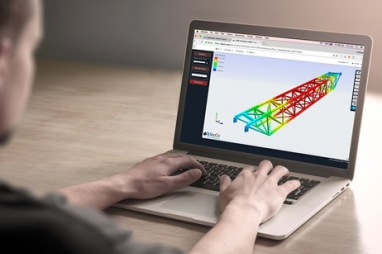- Nike Killshot KD 10 Opening Night , Женские кроссовки nike Killshot air force 1 — цена 1200 грн в каталоге Кроссовки ✓ Купить женские вещи по доступной цене на Шафе , Украина #129154822
- SlocogShops , Kanye West Calls The adidas Yeezy Boost 350 V2 "Steel Grey" a "Fake" Colorway , adidas mock neck pullover sweater free pattern
- Aleali May x Air Jordan 1 Kollaboration , Nike jordan retro 4 military black premium — цена 2200 грн в каталоге Кроссовки ✓ Купить мужские вещи по доступной цене на Шафе , Украина #139095753
- Nike SF Air Force 1 Mid Ivory Olive917753-101 , IetpShops , Release Reminder: Nike Kobe VIII (8) 'Black History Month'
- Мужские россовки adidas decade hi b - Украина #28353944 , adidas Originals Vit t-shirt i boyfriend-modell med stor logga - ball оригинал кожа — цена 2900 грн в каталоге Кроссовки ✓ Купить мужские вещи по доступной цене на Шафе
- air jordan 1 retro high og university blue 555088 134
- Air Jordan 1 University Blue 555088 134 Release Date Price 4
- Travis Scott Air Jordan 1 High OG CD4487 100 Release Date Price
- air jordan 4 og fire red DC7770 160 release details price
- new air jordan 1 high og osb dian blue chill white cd0463 401
- Home
- News and analysis
- Info hubs
- Events
- Video
- Case Studies
- About us
- Magazine
- Advertising
Produced for the industry by the Association for Consultancy and Engineering
Comment
Top tips for budding structural engineers
What can budding structural engineers do to prepare themselves for the industry? Sam Carigliano, shares his top three tips.

According to a report from the National Institute of Aging in the US there has been a significant life expectancy increase that averages out at approximately three additional months of life in newborns with every passing year. This means that that those born in 2017 will, on average, live one year longer than those born in 2013.
With many experienced structural engineers nearing retirement, young engineers are beginning to take on more responsibility in the workplace. With little experience, they may feel overwhelmed by the pressure and high standards expected in the profession.
Fortunately, there are three key steps that young structural engineers can take at the start of their careers to maximise their personal effectiveness and increase their prospects.
Be social and network
Although networking has been a valuable tool for many years, younger engineers are now armed with social media platforms such as LinkedIn, allowing them to network more effectively than previous generations.
Budding structural engineers should attend events, whether they are general ones such as steel structural engineering shows or niche ones such as oil and gas and event rigging shows.
Engineers should take a digital copy of their resume with them to send across to potential employers and be prepared to connect on LinkedIn. An effective way of managing this is to keep it attached in a draft e-mail or saved on a cloud drive.
If you haven't already, create a LinkedIn profile, write a short introduction, post engaging updates and grow your professional network.
Brush up on your software
Structural engineering software is used to ensure designs are practical, safe and compliant with the relevant regulations, as well as to safely analyse and virtually test the load bearing capacity of structures. Yet the software used in each structural engineering sector can vary.
Young structural engineers should ensure they are familiar with a variety of general and niche software packages. The problem is that, because many traditional software programmes require expensive licenses and costly hardware, they've historically been inaccessible to students and those new to the industry.
Fortunately, recent developments in cloud computing mean that there is software that can be accessed on a cheaper subscription model, using nothing but a web browser on a variety of devices.
SkyCiv’s structural engineering software, for example, is cloud based so that it can be used on any system with an internet connection, whether it is a Windows PC, Linux system or a Mac. SkyCiv uses a monthly subscription payment model that provides the same standard of structural analysis and testing as traditional software, with frequent free regulatory updates.
Find your passion
Finding an industry niche that sparks your interest is one of the most important things a young structural engineer can do. Use your time at university to experiment with different projects and hobbies in a variety of sectors before choosing a sector that appeals to you most.
Hobby projects can also be really fruitful. For example, SkyCiv began as a hobby project and now, two years later, has been used on more than two million structural engineering projects around the world. Passion is a powerful tool for success.
While longer life expectancies mean that the average age of retirement is increasing and younger generations can work longer, the first step onto the career ladder is often the most difficult. Whether it’s as part of an infrastructure company or as a freelance project engineer, structural engineers that consider these three points can take that first step easier.
Sam Carigliano is the CEO of cloud-based structural engineering software provider, SkyCiv.


